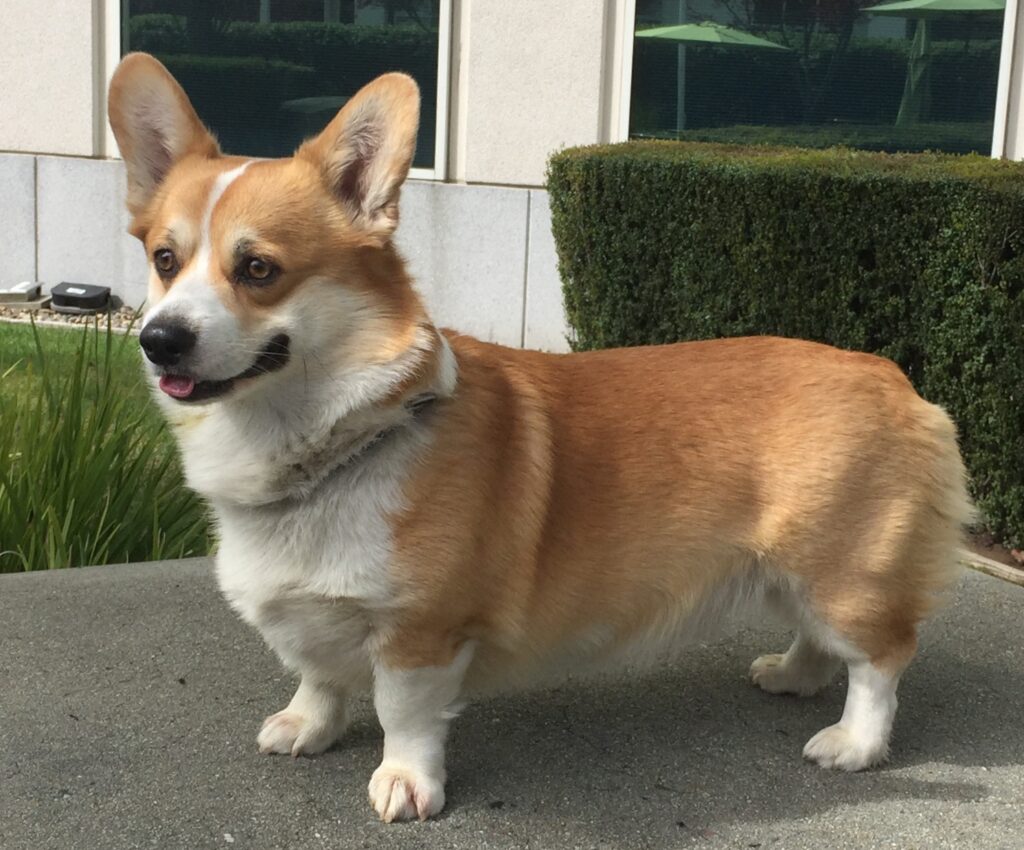Most people know the story of Jack and the Beanstalk. Jack and his widowed mother live a hardscrabble life on a farm. They need seed to plant for next season’s harvest, and since they have no money, the mother tells Jack to sell their only cow for seeds to plant. On the way to market, a mysterious gentleman talks Jack into trading his cow for a few “magic” seeds. When the boy comes home early and his mother finds out what Jack has done, she berates him for his foolishness. Of course the magic seeds grow into a massive beanstalk that Jack climbs into the clouds, where he has many adventures and ends up with riches beyond belief.
This will NOT happen if you buy orchid seeds. Unlike most seeds you know (e.g., corn, tomato, peppers, basil, apple, etc.), orchid seeds look like specks of dust; they are that fine. (There are a few exceptions where the seeds look more “normal”, but they’re very uncommon.) When orchid seeds disperse and land someplace to germinate, they form a symbiotic relationship with a type of fungi called mycorrhizae. These fungi supply nourishment to the germinating seed, as orchid seeds do not carry stored nutrients, which is why they’re so small.
In the 1920s, scientists figured out that orchid seeds can be sown directly on sterile nutrient media (a jello-like substance with sugar and other nutrients for the seed to absorb), and germination could occur aseptically. After the orchid hunters of the Victorian era, this was the next quantum leap in orchids, and over the past 100 years, orchid researchers have developed methods and many different types of media for growing orchids in laboratories. In fact, all of the orchids you see in big box stores started off in a laboratory somewhere.
The problem for buyers of online orchid seeds is they don’t know what they don’t know. A casual but dedicated orchid grower sees an ad for orchid seed for a few bucks, and thinks they can just sprinkle the seed onto some dirt, and they’ll get some nice plants going and maybe see some blooms in a year or two. It’s not going to happen.
Here’s what the casual grower doesn’t know: Orchid seeds for commercial growth (and made by serious hobbyists doing their own breeding) are all sown in laboratory conditions. Some businesses have the expertise to do this (we have our own lab here at Orchid Insanity), and a dedicated hobbyist can learn how to do it as well. While it’s not rocket science, there is a steep initial learning curve.
On top of the expense, effort, and expertise needed to set up an orchid laboratory, you also need a lot of patience. It takes around three to seven years to go from a sown seed in a sterile flask to a blooming size plant.
So if you’ve bought some orchid seeds online, throw ’em out. They’re likely fake (i.e., not real orchid seeds but seeds from some other plant), and won’t do a thing for you. I’m sure clever scammers send non-orchid seeds that might germinate fast enough for you to leave a positive review on Amazon or eBay, but most certainly won’t bloom with an orchid flower, and by the time this imposter plant does bloom, you’ll be well past the 90-day window for demanding a refund or leaving a negative feedback. (Or, like someone we tried to talk out of getting online orchid seeds, you’ll actually believe the imposter plant is a real orchid.) As far as scams go, it seems to sucker plenty of people, as these listings never get pulled from Amazon or eBay, probably for the following reasons:
- The loss to any one individual buyer is not worth that buyer’s time to pursue. By the time they realize a plant that has grown and bloomed is NOT an orchid (if they ever do realize this), it’s too late to file a complaint with Amazon/eBay/etc.
- Most of these fake orchid seeds that do get sown by eager buyers won’t germinate at all, and the buyers will blame themselves for using the wrong kind of dirt, and end up forgetting about it.
- Even if buyers were to send lots of complaints in to Amazon/eBay, who on their staff is botanically competent enough to evaluate the truth of the buyers’ claims? They’ve simply got much bigger fish to fry with more serious scams out there, and fixing algorithms that shut down completely legit listings (it’s happened several times to us).
- These fake orchid seed listings continue to get sales, as
there’s a sucker born every minutenew, excited folks enter the orchid hobby all the time and some of them think that they’ll save money by growing these lovely beauties themselves from seed, the way they did with tomatoes, basil, cucumbers, etc. So to the Amazon/eBay algorithms, these listings are good/valid listings, else why would buyers keep buying from them?
The end result is that these fake orchid seed sellers (many located in China) continue to make money as they’ve staked out a little niche where it’s hard for them to get caught.
But what about early orchid breeders back in the 1800s before all this orchid lab stuff got going? Orchid lovers bred orchids back in the 1800s, and without specialized orchid laboratories, how did they sow the seeds? Well, they did it the natural way. They let the orchid seed capsules break open naturally, and let the fine-as-dust seed scatter right on top of the media containing the mother plant. This method worked to a fair degree in those days because those mother plants had come from the jungle itself, and hence were already covered with the proper mycorrhizae to support the orchid seeds. The symbiosis between orchid seeds and mycorrhizae is somewhat specific to the species of plant and fungi, and this is the reason it’s hard to replicate today what the Victorian-era orchid breeders did a century ago. An orchid you get nowadays started life in a sterile laboratory flask, and hence does not carry any of the specific mycorrhizae needed for seed germination. Other species of mycorrhizae might work, but there are a lot of mycorrhizae types out there, and getting a functioning symbiotic match is unlikely (but not impossible).

